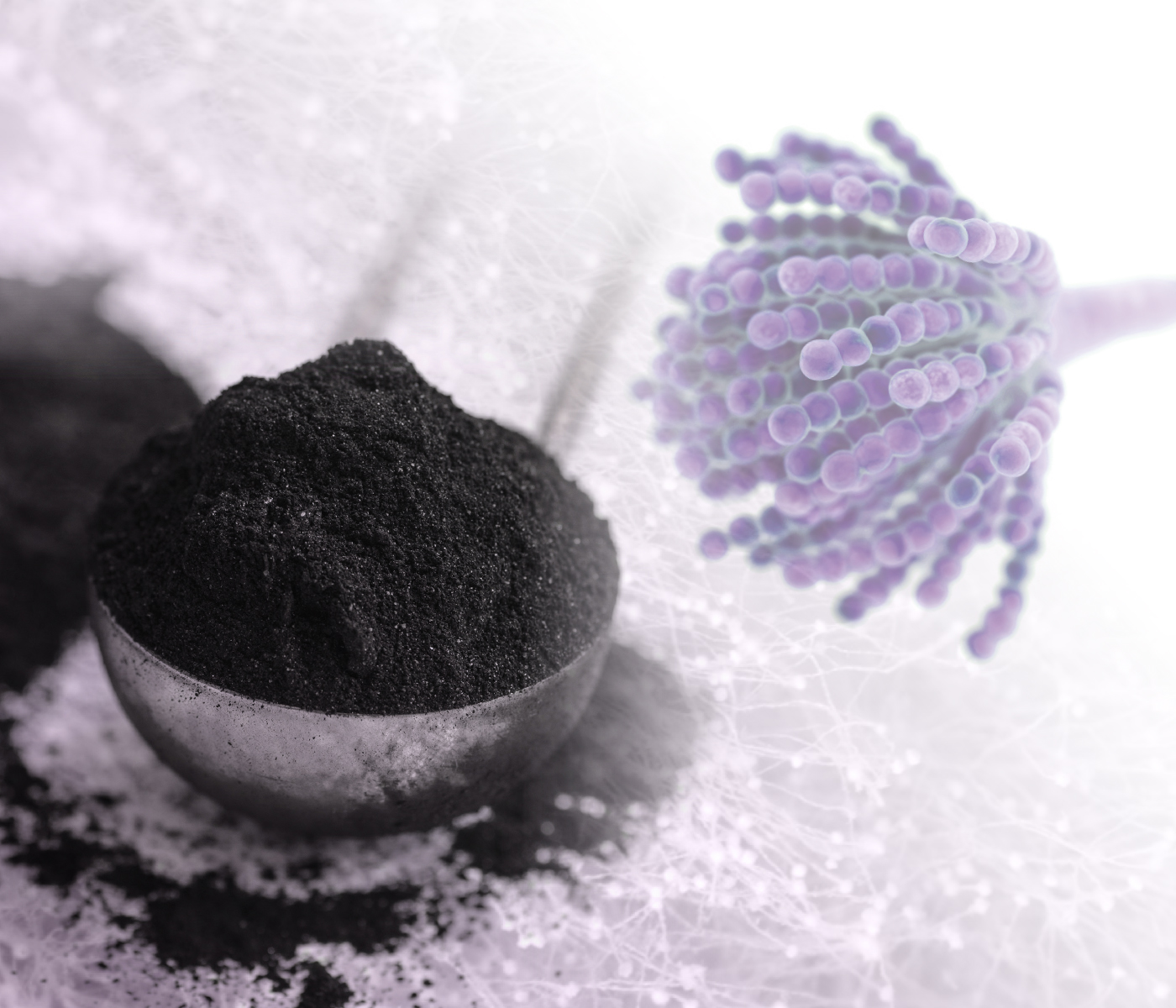Mycotoxins represent a significant challenge to animal production, with their prevalence in raw materials or feeds subject to variations related to changes in climatic conditions.
For example, droughts or years with high rainfall affect the types of fungi that proliferate in certain regions (Moretti et al. 2019)
There are different methods to control the impact of mycotoxins on animal production, ranging from monitoring their presence in raw materials during pre-harvest and post-harvest stages to detoxifying animals exposed to them through contaminated diets
The use of mycotoxin adsorbents is widely recognized as an effective strategy to mitigate the effects of mycotoxins in contaminated animals (Galvano et al., 2001).
Mycotoxin adsorbents are active in the gastrointestinal tract of animals, with mycotoxins binding to the adsorbent matrix through various physico-chemical interactions.
There are different types of adsorbents, with the most common being clays, activated carbon and yeast cell walls. Their interlayer space, pores, and β-glucans represent their key adsorption factors, respectively (Jouany, 2007).
To determine the effectiveness of mycotoxin adsorbents, in vitro tests are primarily used, allowing the evaluation of a large number of adsorbents and mycotoxins with the advantage of being comparable to in vivo tests.
However, there are many variations of in vitro tests that have been developed over the years attempting to simulate the processes of the animals’ gastrointestinal tract.
The challenge with these approaches lies in the considerable variability observed in the adsorption results of mycotoxins.
These protocols vary in complexity, ranging from a simple test with distilled water and incubation at room temperature (Lemek et al., 2001) to more complex methods that simulate the processes of the animal’s gastrointestinal tract using different pH values and including gastrointestinal enzymes, or using gastric juice as the incubation medium (Avantaggiato et al., 2004; Gallo and Masoero, 2010).
Unfortunately, this diversity of experimental protocols has resulted in high variability in the results of the adsorption capacity of the adsorbents (Kihal et al., 2022).
COMPARATIVE DISCUSSION ON THE ADSORPTION CAPACITY OF ADSORBENTS BETWEEN IN VITRO AND IN VIVO STUDIES
Determining the adsorption capacity of mycotoxins in in vivo tests is essential to demonstrate the actual effectiveness of the product.
...












